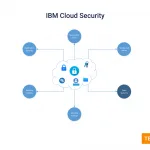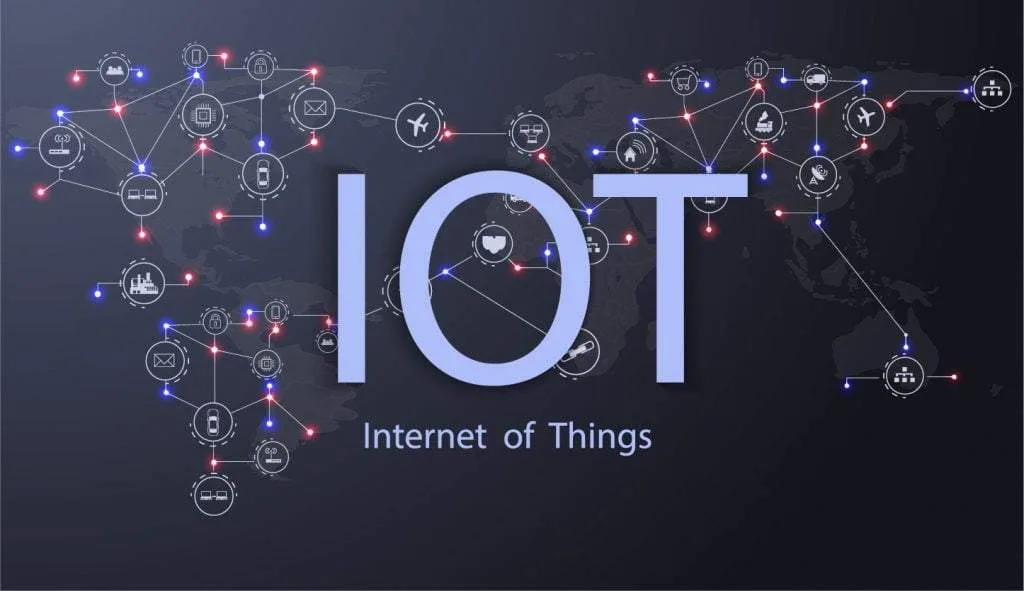The Internet of things (IoT) refers to the distributed network of real objects between and among which real objects are embedded for the purpose of communication and exchange of information with other systems and devices over the Internet.
The global IoT market is poised for substantial growth, with revenues projected to soar to an impressive US$1,387.00 billion by 2024. Automotive IoT is forecasted to emerge as the dominant segment, boasting a significant market volume of US$494.20 billion in the same year.
Looking ahead, the market is expected to experience a robust annual growth rate of 12.57% (CAGR 2024-2028), culminating in a remarkable market volume of US$2,227.00 billion by 2028.
The United States is anticipated to lead the global market, with an expected revenue of US$199.00 billion in 2024, underscoring the country’s prominent position and influence in the IoT market.
Additionally, within the United States, the IoT market is witnessing rapid expansion, fueled by substantial investments in smart home devices and connected cars by various companies.
Conventional networks utilise physical network topologies such as Ethernet or WAN. However, with the IoT, there is no need to use complex WAN or EoC networking to connect the computers in a data network. Instead, the physical network topology is ignored and data can be exchanged using simple computer systems.
With increasing revenue for Internet of things (IoT) solutions, almost every organization across industries is exploring this route to increase revenue. It has the potential of creating a completely new market in terms of IoT revenue growth.
Organisations are leveraging their existing IT resources and expanding their leveraging capability leading to the integration of real-time sensors into corporate systems, in which each sensor is able to transmit data, in real-time.
Key Benfits
The key benefits of using the internet of things (iot) is its mobility and its flexibility. With the use of Bluetooth Low Energy (BLE), internet-connected devices can communicate over a long distance without any delays.
This technology uses radio signals rather than phone lines to transfer data. BLE wireless network without human intervention eliminates the need for costly and inconvenient infrastructure modifications. It also reduces capital expenditure required for setting up a PBX. In addition, it provides greater security and greater reliability compared to the legacy system.
The internet of things can also provide a platform for building new business models. For example, by using the ubiquitous Bluetooth technology, organisations can streamline business processes and improve overall productivity.
Efficient and speedy data transfers can reduce operational costs. In addition, internet of things (IoT) can help to build new businesses by connecting multiple devices to the web, such as smart phones, laptops, tablets and internet-connected TVs.
By leveraging internet technologies, developers can create applications and services that can easily be accessed by users with minimal cost. Moreover, organisations can rapidly test new services and apps to real users to get real user experience.
Cloud Based Services
Cloud-based services can also improve the quality of service provided by organizations in many ways. Developers and service providers can easily create and manage applications and data centers that have the flexibility of adding, removing and moving servers without affecting other devices. The cloud model makes provisioning a data center and deploy new devices easy and cost-effective.
Internet of things (IoT) can also address other issues, such as smart cities. Today, most people are already concerned about the environment. Internet of things (IoT) can play a significant role in improving the quality of urban environments through its ability to collect and distribute data. Furthermore, smart cities can also address security and privacy concerns by regulating the data sent from devices.
Cloud-based devices are inherently more efficient and cheaper compared to their premise-based counterparts. Cloud can provide mobile connectivity via VoIP, which is currently the cheapest way to make calls.
Moreover, it can provide real-time data collected by sensors to make it easier for employees to get up to speed quickly on what is happening at the work place. Cloud can help reduce deployment costs and data collection time. These advantages make cloud computing an ideal platform for enterprises looking to improve their productivity and save money on IT investments.
Where can Iot be seen today?
The IoT can be seen today in a variety of ways. From consumer electronics like smart phones and laptops to automotive equipment such as auto pilot and traffic lights, to large industrial equipment such as water pumps and turbines, the Internet of things is transforming how manufacturing is done.
With every passing day, more items are becoming “smart” so that they can communicate with one another and with consumers in real time. This is ushering in a new era of global manufacturing where new products can be created faster than ever before, saving more time and money than even when making the initial product development.
Industries that are making the most use of the internet of things are those that have a need for complex programs and intricate monitoring and control over their supply chain.
The IOT is transforming the way that manufacturing units communicate with their suppliers in real time and with each other. For example, car manufacturers are now using onboard computers to track, route, and optimise their manufacturing process. This is done by mapping the routes shipping vehicles take across the country.
In addition to streamlining shipping routes, the maps also help car owners keep track of their trucks and drivers. As logistics experts put it: “With the truck tracking, you can say with certainty that your goods are where they’re supposed to be.”
Examples of IoT Devices
- Connected appliances.
- Wireless inventory trackers.
- Smart home security systems.
- Autonomous farming equipment.
- Wearable health monitors.
- Smart factory equipment.
- Ultra-high speed wireless internet.
- Biometric cybersecurity scanners.
While the internet of things will undoubtedly redefine how we do things as technologies evolve, we must realize that this transition won’t happen overnight. Smart devices will be connected to the internet; however, they won’t be able to do everything that a computer can. As a result, we’re still going to have to rely on people for smart home control and smart home applications.
The way that consumers interact with these devices will likely be changing as well. For example, consumers are increasingly accessing iot applications on their smartphones.
While the benefits are clear: these devices will be able to monitor their home, check their work, and check the status of their vehicles. It’s unclear whether or not this will change the way that manufacturers to market and sell safety and security controls. However, the ability to access devices remotely via cell phone may have an impact on how we use devices in the future.
On the other hand, the internet of things will also cause a radical shift in how we control our homes. Will consumers be able to interact with their home devices via their cell phones? What about when they’re away from home? Probably not anytime soon, but it certainly is a possibility.
If we are able to link all of our smart devices to the internet, then it is entirely possible that humans will no longer need to be at the other end of the computer to stop someone from breaking into their home.
Rather than connecting devices to the internet, we might actually be able to send internet things from our mobile devices to our main computer.
We could use the internet and iot sensors to upload all of our sensor data into one centralised location. Then, from there, we could upload all of our robot information (such as the status of the garage doors) to the computer. From there, we could upload the status of all of our house alarms to the same centralized location.
Regardless of whether or not you think the internet and iot devices can replace your need for human security experts, the IOT world is definitely moving in that direction.
The days of us having to get in our cars or go out on a complicated neighborhood surveillance mission just to check things out are long gone. Instead, we can rely on smart-home gadgets to do the job for us. And once we start relying less upon computers for our safety, we’ll have taken another giant step towards making the internet and the iot ecosystem smarter.







